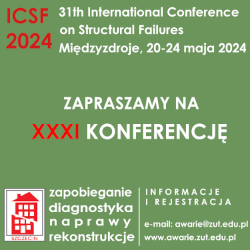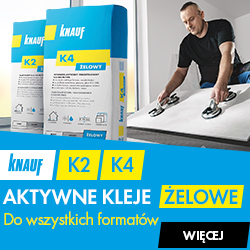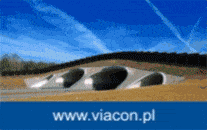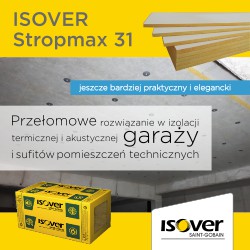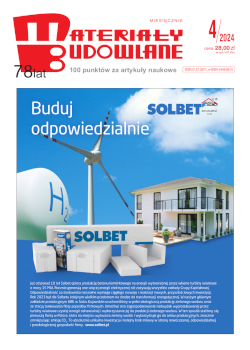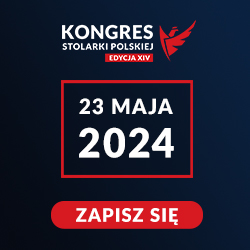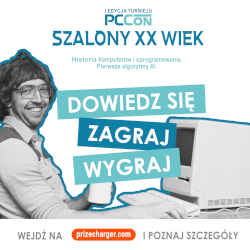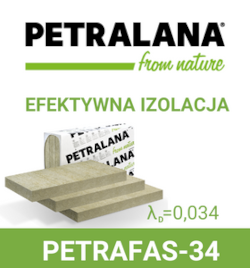mgr inż. Piotr Klikowicz Politechnika Śląska,Wydział Budownictwa
dr hab. inż. Marek Salamak Politechnika Śląska,Wydział Budownictwa
dr inż. Piotr Łaziński Politechnika Śląska,Wydział Budownictwa
Autor do korespondencji e-mail : Ten adres pocztowy jest chroniony przed spamowaniem. Aby go zobaczyć, konieczne jest włączenie w przeglądarce obsługi JavaScript.
DOI: 10.15199/33.2016.04.11
W artykule przedstawiono nową metodę analizy fal akustycznych typu Coda i jej potencjalne zastosowanie w diagnostyce mostów betonowych. Metoda Coda Wave Interferometry pierwotnie opracowana na potrzeby badań geofizycznych może być również wykorzystana w systemach monitoringu SHM. Opisano instalację pomiarową zamontowaną na nowo zbudowanym obiekcie mostowym w ciągu Drogowej Trasy Średnicowej w Gliwicach. Obiekt został poddany próbnemu obciążeniu, co pozwoliło na kalibrację modelu obliczeniowego oraz na ocenę poprawności działania nowej aparatury.
Słowa kluczowe: fale Coda, monitoring techniczny konstrukcji, SHM, utrzymanie mostów.
* * *
Acoustic methods in concrete bridge structural health monitoring
The paper presents a new method for analysing the Coda-type acoustic waves and its potential applications in the diagnosis of concrete bridges. CodaWave Interferometry which was originally developed for geophysical examinations can be adopted also in Structural Health Monitoring. The measurement systemmounted on the bridge in Gliwice is described. Calibration of computational bridge model and evaluation of new measuring system was proved by the load test of the bridge.
Keywords: Coda Wave, Structural Health Monitoring, SHM, bridges maintenance.
Literatura
[1] Aki K., B. Chouet. 1975. „Origin of coda waves: Source, attenuation, and scattering effects”. J. Geophys. (Res., 80): 3322 – 3342.
[2] Gret A. 2003. „Time – Lapse Monitoring with Coda Wave Interferometry”. Center forWave Phenomena Colorado School of Mines. (CWP-461).
[3] Klikowicz Piotr, S. Pradelok,Marek Salamak, Piotr Łaziński. 2013. „Specific problems of bridges with big curvature in plan”. 9th Central European Congress on Concrete Engineering CCC2013 (9): 308 – 311.
[4] Łaziński Piotr, Marek Salamak. 2011. „Identification of computational models in load carrying structures of concrete bridges on the basis of making load tests”. Innovativematerials and technologies for concrete structures. 7th European Congress on Concrete Engineering (7): 353 – 356.
[5] Niederleithinger E., C.Wunderlich. 2014. „Influence of small temperature variations on the ultrasonic velocity in concret”. Proc. The 39th annual review of progress in quantitative nondestructive evaluation (Volume 31): 390 – 397.
[6] Niederleithinger E., C. Sens-Schonfelder, S. Grothe, H. Wiggenhausner. 2014. „Coda Wave Interferometry used to localize compressional load effects in a concrete specimen”. 7th European Workshop on Structural Health Monitoring, 7th European Workshop on Structural Health Monitoring (7): 1427 – 1433.
[7] Salamak Marek, Piotr Klikowicz. 2014. „Indirect determination of support reactions in concrete bridge elements”. 10th CCC Congress (10): 101 – 105.
[8] Salamak Marek, Piotr Klikowicz. 2014. „Protections and monitoring of European transportation routes in upper Silesia mining area”. 14th SGEM GeoConference on Science and Technologies in Geology, Exploration and Mining (Volume 2): 363 – 368.
[9] Snieder R. 2006. „The Theory of Coda Wave Interferometry”. Pure and Applied Geophysics 163: 455 – 473.
[10] Snieder R. 2004. „Codawave interferometry”.McGraw-HillYearbook of Science & Technology 54 – 56.
Otrzymano: 16.02.2016 r.
Materiały Budowlane 04/2016, str 44-46 (spis treści >>)










